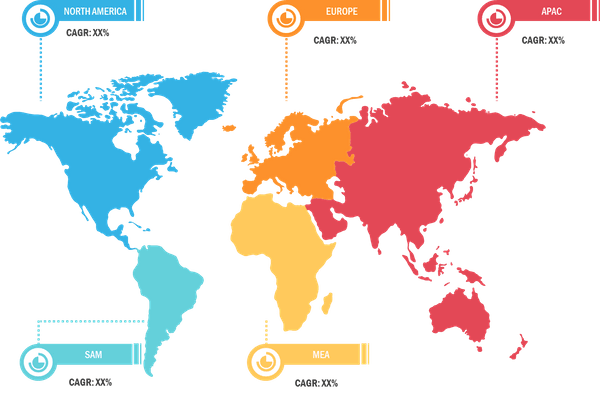Surge in Demand and Consumption of Seafood
According to our latest market study on “Aquaculture Market Forecast to 2028 – COVID-19 Impact and Global Analysis – by Culture Environment (Freshwater, Marine Water, and Brackish Water) and Product Type (Fish, Aquatic Plants, Crustaceans, Mollusca, and Others),’’ the market was valued at US$ 267,423.64 million in 2021 and is projected to reach US$ 357,903.27 million by 2028 and is expected to grow at a CAGR of 4.3% from 2021 to 2028.
Aquaculture is the practice of raising, harvesting, and breeding fish, shellfish, algae, and other organisms in different water environments, including freshwater, marine water, and brackish water. Aquaculture is significantly contributing to fish production, and the adoption of aquaculture is growing at a steady rate. The increase in the demand for fish for human consumption is majorly met by aquaculture, marine fisheries, and inland fisheries.
The high growth in population and growing awareness among consumers about seafood as a healthy protein source has fueled the aquaculture market. According to the Food and Agriculture Organization (FAO), fish consumption by humans is expected to increase by 50% in the coming 15 years. Additionally, the increase in purchasing power of people in developing nations has supported the market growth. Wild fisheries are not sufficient to meet the global demand for seafood. Technology has made it feasible to produce seafood in coastal marine waters, the open ocean, and other aquatic environments. Aquaculture is a sustainable solution for fish farming to provide the future generation with environmentally friendly protein alternatives.
The key players operating in the global aquaculture market include Cermaq Group AS; P/F Bakkafrost; Blue Ridge Aquaculture, Inc.; Danish Salmon A/S; Farallon Aquaculture Group; Cooke Aquaculture, Inc.; Leroy Seafood Group ASA; Stolt-Nielsen Limited; Mowi ASA; and Thai Union Group PCL.
Impact of COVID-19 Pandemic on Aquaculture Market
The food & beverages industry faced multiple challenges due to the outbreak of the COVID-19 pandemic. Due to lockdowns, business shutdowns, travel bans, and border restrictions, the supply chains were severely disrupted, which hampered the growth of the food & beverages industry. The aquaculture market also got affected because of the pandemic due to the restrictions imposed by the governments of different countries. Due to the closure of restaurants and hotels, the demand for high-value fresh fish and aquatic food also declined, which hampered the growth of the aquaculture market. However, the demand for packaged and frozen seafood products soared in the second quarter of 2020 as households looked to stock up on nonperishable food items. Furthermore, with the rising vaccination rates and relaxation of government restrictions, the demand for seafood is projected to grow considerably, propelling the growth of the aquaculture market in the coming years.
Aquaculture Market Breakdown – by Region
Aquaculture Market Size and Forecast (2021 - 2031), Global and Regional Share, Trend, and Growth Opportunity Analysis Report Coverage: By Product Type (Fish, Aquatic Plants, Crustaceans, Molluscs, and Others), Culture Environment (Freshwater, Marine Water, and Brackish Water), and Geography.
Aquaculture Market Growth Report and Size by 2031
Download Free Sample
The report segments the aquaculture market as follows:
Based on culture environment, the aquaculture market is segmented into freshwater, marine water, and brackish water. Based on product type, the market is segmented into fish, aquatic plants, crustaceans, mollusca, and others. Based on geography, the market is segmented into North America, Europe, Asia Pacific (APAC), Middle East and Africa (MEA), and South and Central America (SAM).
Contact Us
Phone: +1-646-491-9876
Email Id: sales@theinsightpartners.com